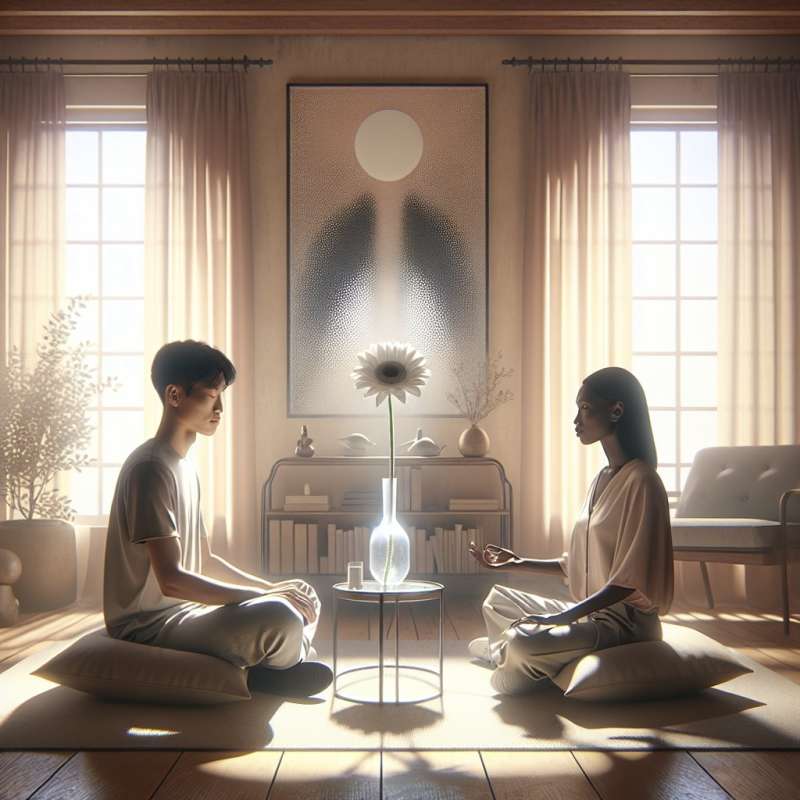
Understanding Trypophobia
Trypophobia is an aversion to the sight of irregular patterns or clusters of small holes or bumps. It's not officially recognized as a mental disorder but can provoke intense emotional reactions.
Not a Phobia?
Despite its name, trypophobia might be more of a disgust-based reaction than a fear-based one. Research suggests it's an instinctive response to perceived threats, like poisonous animals.
Evolutionary Perspectives
Some researchers theorize trypophobia has evolutionary roots. Patterns associated with trypophobia can resemble dangerous animals, thus the response could be a protective instinct.
Physical Symptoms
Symptoms can range from mild to severe and include nausea, goosebumps, feelings of revulsion, and in extreme cases, panic attacks.
Prevalence and Severity
Estimates of prevalence vary widely. Many people may experience discomfort to some degree, suggesting trypophobia is a common, yet underreported, sensation.
Coping Strategies
Coping methods include cognitive behavioral therapy and exposure therapy. Avoidance of triggering images and mindfulness techniques can also be beneficial.
Scientific Research
The first study on trypophobia was published in 2013. Science is still uncovering the mechanisms behind it, making it a relatively new field of research.
What best characterizes trypophobia?
Fear of open spaces
Aversion to hole clusters
Dislike of asymmetrical patterns
Company